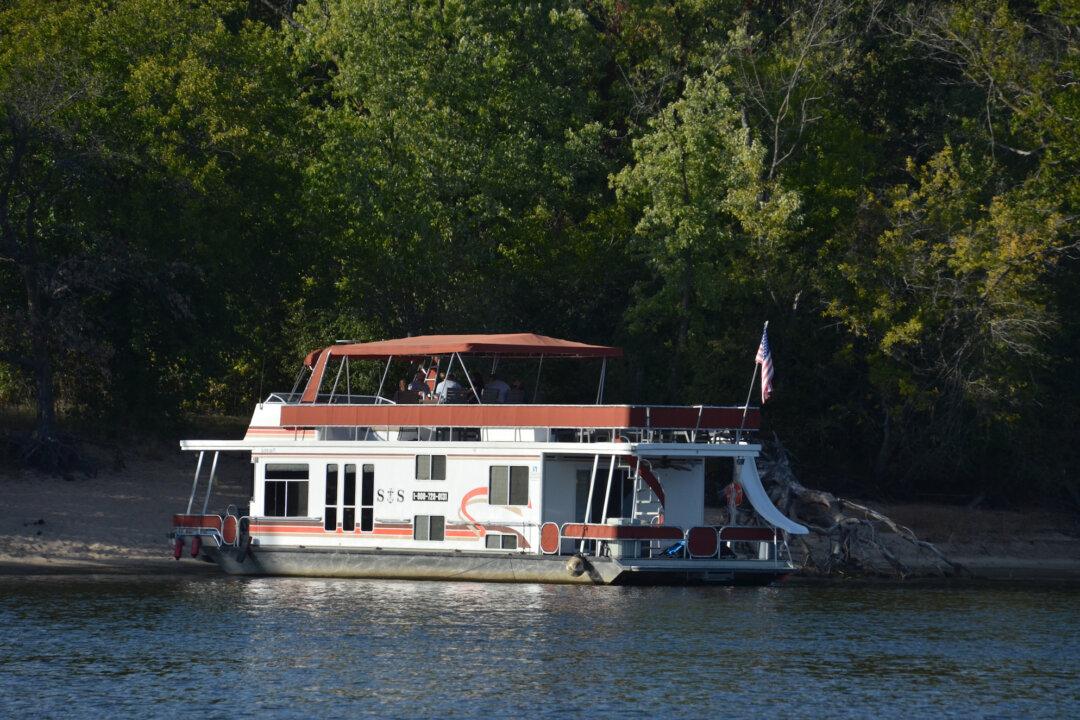If you’ve ever had Huckleberry Finn fantasies of floating down the Mississippi River, have we got a trip idea for you! Nothing so rustic as a raft, but a houseboat. A kitchen, fridge, and sleeping quarters with room enough for a group of friends. A journey at your own pace and in your chosen direction at any given moment—because you’re the captain.
Have you got boat experience? Ever steered a boat? Have you seen one navigated on TV? It doesn’t matter. This houseboat rental with S&S Boats in Lansing, Iowa, offers you a chance to add some sailing experience to your resume. That may sound a little crazy, but it really isn’t.





